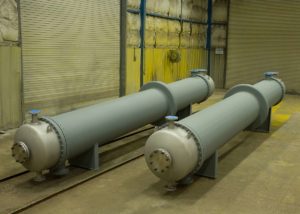Mobile printers offer greater flexibility and convenience compared to traditional printers. They can be taken anywhere and used in various settings, from outdoor work sites to remote offices, without needing an electrical outlet or wired connection.
Mobile printers are also designed for mobile devices, making it easy to print documents and images from a smartphone or tablet. They are typically smaller and more compact than traditional printers, making them easy to carry and store when not in use.
It would help if you know the differences between mobile and traditional printers and consider checking out TSC mobile RFID printers for your needs.
Differences between mobile printers and traditional printers:
- Connectivity
One of the main differences between mobile and traditional printers is their connectivity options. Mobile printers usually have built-in Wi-Fi, Bluetooth, and sometimes even NFC capabilities, allowing them to connect wirelessly to a computer, tablet, or smartphone.
It makes it easy to print documents from a mobile device without needing a cable or to transfer the file to a computer first. On the other hand, traditional printers typically only have a USB or Ethernet connection and require a computer to act as the intermediary between the printer and the document you want to print.
- Size
One of the most significant differences between mobile and traditional printers is size. Mobile printers are much smaller and lighter than conventional printers, making them more portable. It makes them ideal for people who need to print documents, photos, and other materials while away from their main office or home. Mobile printers are also designed to be battery-operated, which means they can be used anywhere, even if there is no power outlet nearby.
- Cost
Another difference between mobile printers and traditional printers is cost. Mobile printers tend to be more expensive than conventional printers due to their compact size and portability. Mobile printers often use proprietary ink cartridges, which can be more costly than standard ink cartridges. However, the cost of mobile printers has come down in recent years, making them more accessible to a broader range of consumers.
- Environment-friendly
Finally, mobile printers are more environmentally friendly than traditional printers. They consume less energy and generate less waste, making them an excellent choice for people concerned about their environmental impact. Additionally, many mobile printers are made from recyclable materials, which further reduces their effects on the environment. The end goal is to reduce the overall environmental impact of printing technology and make it more sustainable for the future.




